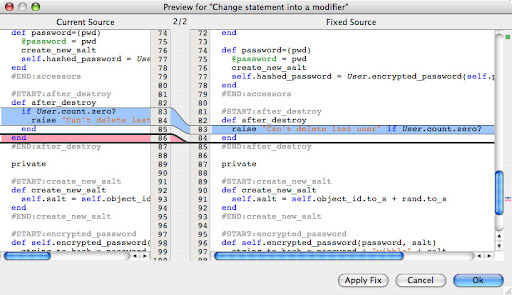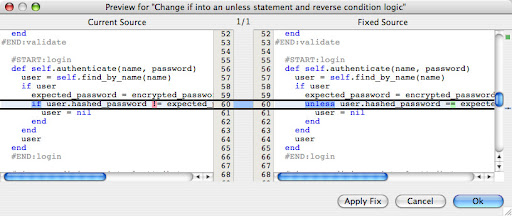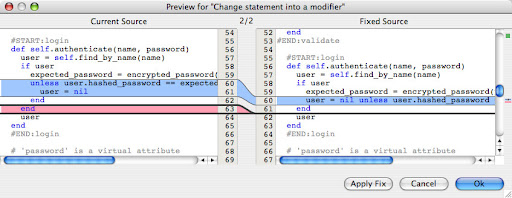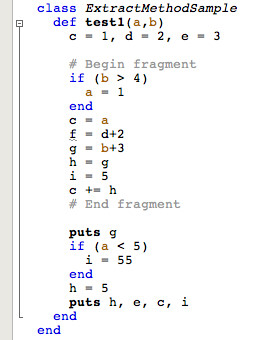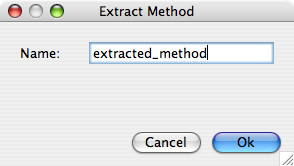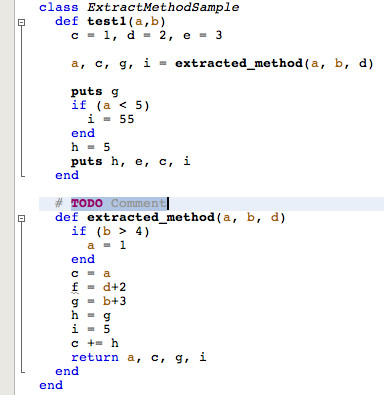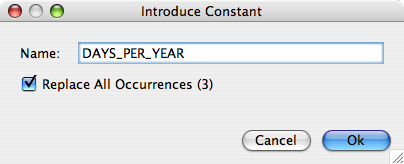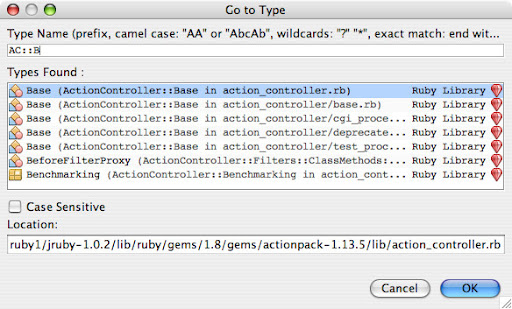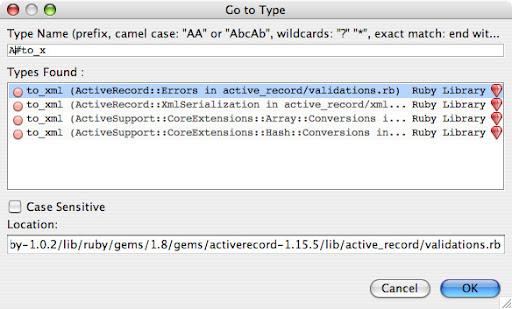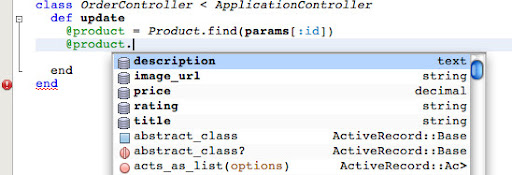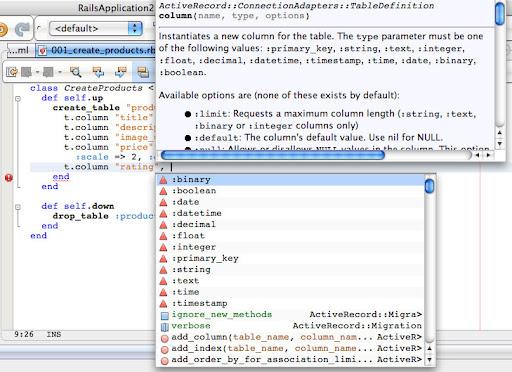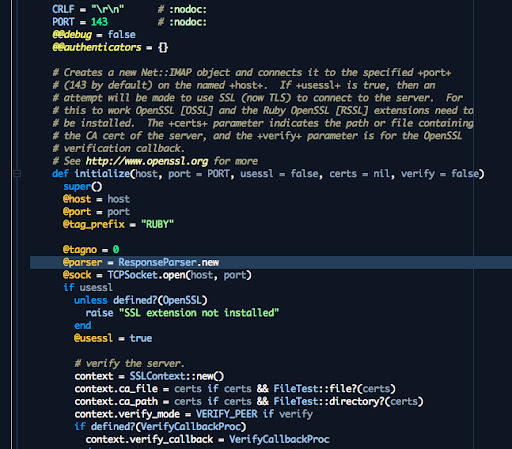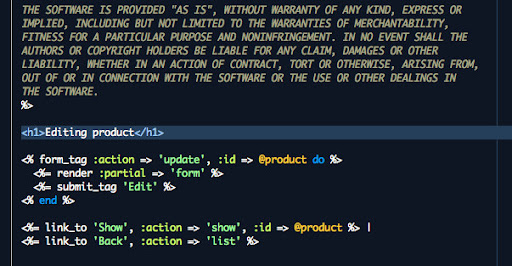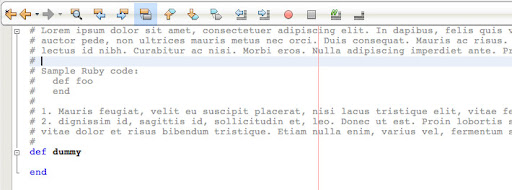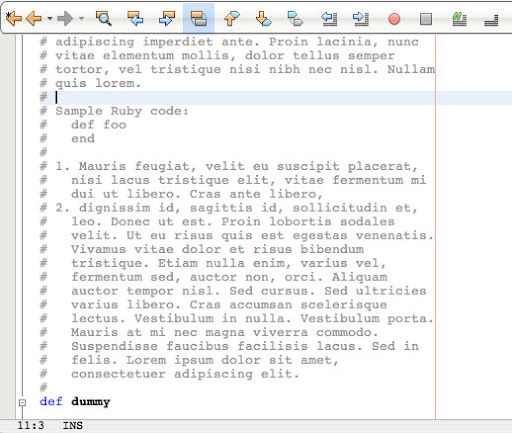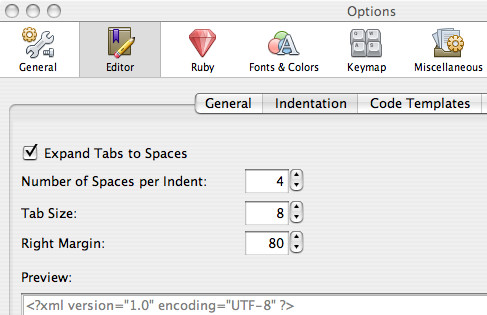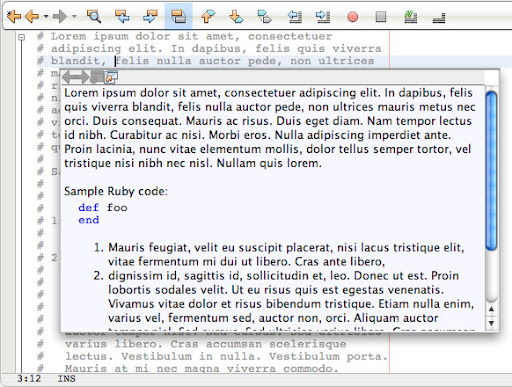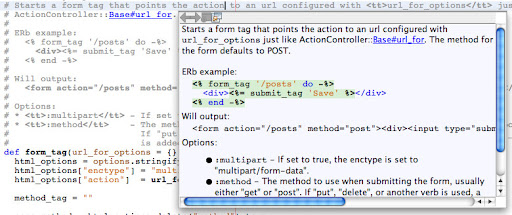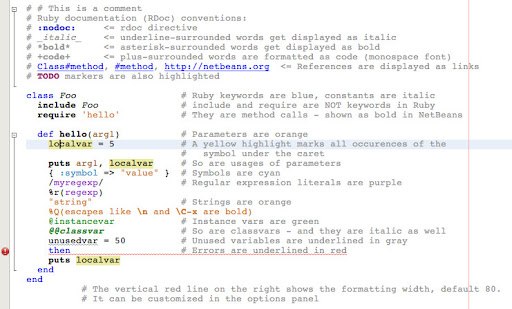WARNING: This blog entry was imported from my old blog on blogs.sun.com (which used different blogging software), so formatting and links may not be correct.
There have been a number of releases lately. Rails 2.0 shipped. NetBeans 6.0 mostly supports it. There were a couple of changes, such as the scaffold generator's parameters changing meaning, and the new shorthand migration syntax, which affected NetBeans. I've committed changes to 6.1 to support these, so grab the latest if you're wanting complete Rails 2.0 support. However, note that we're in early 6.1 development so there's some big potentially destabilizing changes, such as a new platform manager which lets you choose per project ruby interpreters, configure separate gem repositories and so on. I'll post more about this when it's done. You don't need to upgrade if you're just wanting to use Rails 2.0 - nearly everything in NetBeans 6.0 works just fine.
JRuby 1.0.3 also recently
shipped, and I've just updated NetBeans 6.1 to use it. JRuby 1.0.3 lets you run Rails 2.0 without needing to install the optional jruby-openssl gem.
I just noticed that RubyGems 1.0 has
shipped. One of the changes in RubyGems is that the require_gem method, which has been deprecated for a while, is now gone - so you have to update your code appropriately. require_gem was used by previous versions of Rails, so many boot.rb files still reference it.
I just added a checker for this:

It's not just a warning - it's a quickfix:

The "Show More information" fix opens the browser on the release page for RubyGems 1.0 which briefly mentions the require_gem removal. If anyone has a better URL to an official and mostly permanent page (e.g. preferably not somebody's blog) discussing this change, I'd appreciate the link.
Ruby 1.9 is getting closer. Charlie recently
pointed out to me that they recently
decided that retry statements will as of Ruby 1.9 only be allowed insiderescue blocks. Thus, we now have a hint to look for problems of this sort.

If anyone has
any ideas for other Ruby 1.9 migration issues, please
let us know!
Finally, let me end with a couple of links. The "Off The Line" blog has posted
cheatsheets for the NetBeans Ruby support, PDFs that summarize key shortcuts and other hints. And Michael Slater, one of the early adopters of the NetBeans Ruby support, will be offering a Rails Seminar in a couple of months, which is going to be using NetBeans. W00t!
Updated a few hours later: Dr. Nic pointed out that require_gem can't
just be replaced by gem and showed me how the code needs to be morphed. I've updated the
quickfix to do The Right Thing now - thanks Dr. Nic!




